This is not blind pride. Korean content really is on a roll. KPOP Demon Hunters, a K-pop based film, overtook Squid Game by topping Netflix’s all time viewing chart when film and series are combined. With both the series and film charts now led by Korean titles, spillover effects have brought a record wave of visitors to Korea.
Among the winners, K-Beauty stands out. According to Korea Customs Service, cosmetic exports reached 7.3 billion dollars from January to August 2025, up 14 percent year over year. Walk around Seoul for a day and you will see many visitors carrying Olive Young shopping bags. Open TikTok and you might catch Cardi B using Missha BB cream or Hailey Bieber wearing a Medicube PDRN mask. Let’s look at how far K-Beauty has come and why it has become so popular.
K-Beauty is getting even more attention overseas
As noted above, cosmetic exports totaled 7.3 billion dollars in January to August 2025. Full year exports are expected to break a record 11 billion dollars which is about 15.544 trillion won. The big shift is diversification. In the past the industry relied on China for more than 70 percent. This year demand is balanced across the United States at 18.5 percent, Japan at 10.0 percent, Southeast Asia, Europe, and the Middle East.
1) Big wins on Amazon, TikTok, and Ulta Beauty
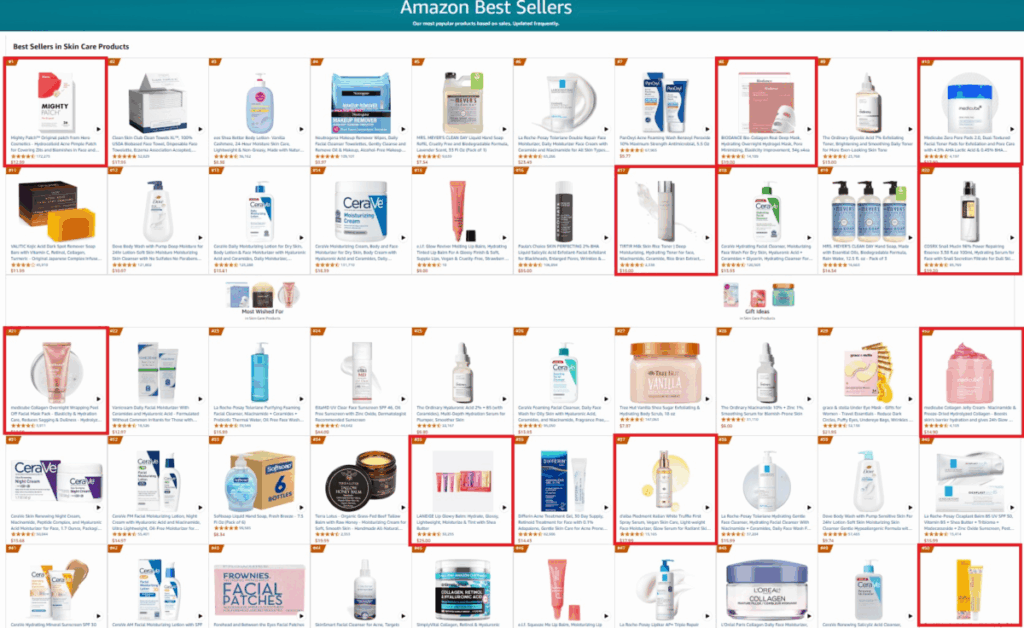
Growth in the United States has been especially strong. The market has expanded more than 60 percent over the past two years, and Korean brands are topping best seller lists on major global platforms. Indie brands such as COSRX, Medicube, Beauty of Joseon, TIRTIR, Anua, and SKIN1004 have taken number one spots by category in toners, pads, cushions, and serums. Companies like Equalberry and Laneige have posted several million dollars in sales in a very short time. In Europe and Southeast Asia, marketplaces such as Shopee and Qoo10 have even created dedicated Korean cosmetics bestseller sections.
2) Celebrity power that turns attention into sales
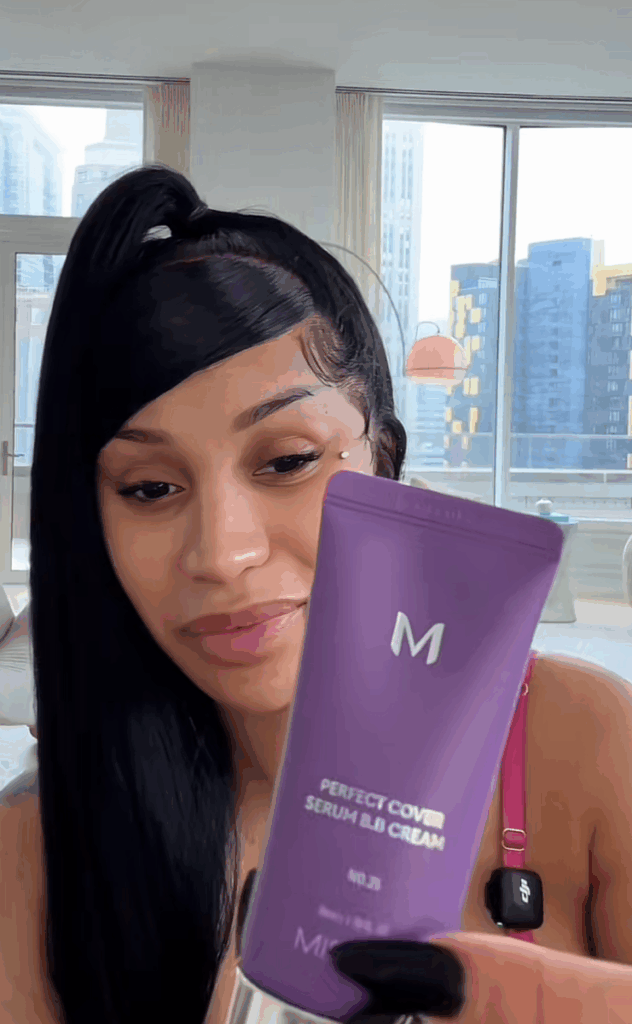
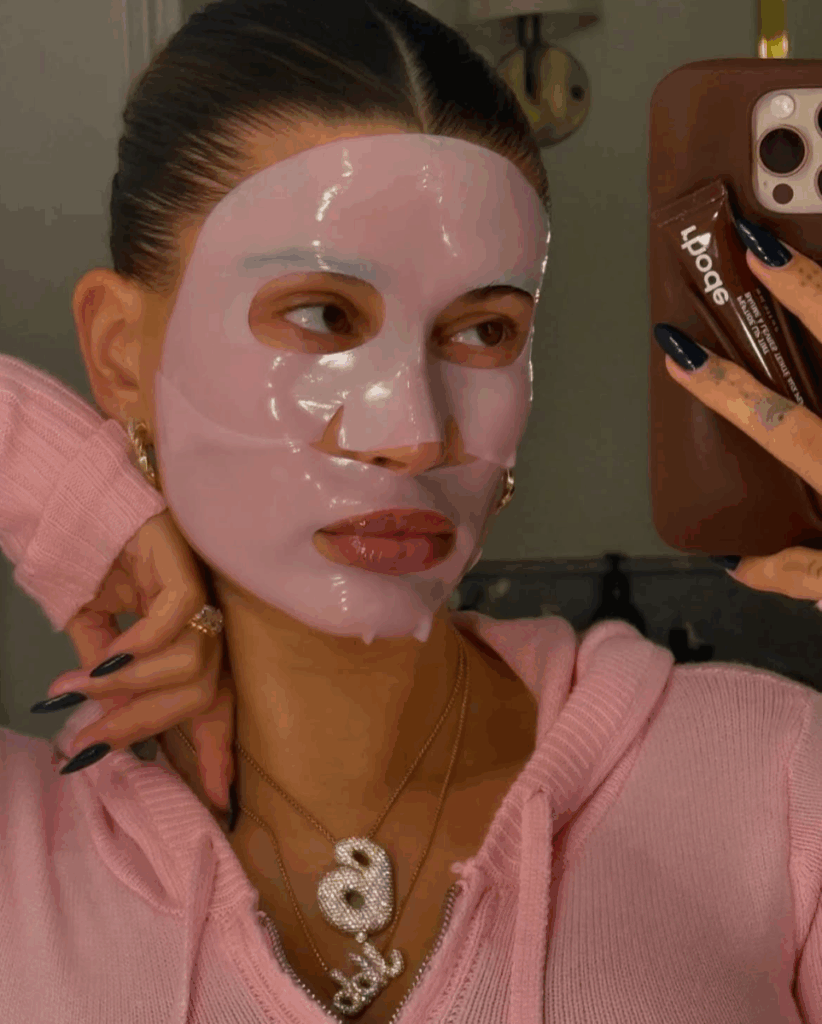
Another engine behind the boom is real use and social posts by well known celebrities in the United States and Europe.
In July, Cardi B posted a TikTok featuring Missha BB cream. In the United States TikTok Shop sales for Missha jumped more than 1,200 percent in a short span. The video passed 10 million views within two weeks and the product climbed quickly into the top ranks on Amazon’s BB cream category. Last year, Hailey Bieber uploaded an Instagram photo wearing a Medicube PDRN mask, and sales of the gel mask surged more than 300 percent.
These authentic use cases by influential stars give consumers a sense of trust and spread K-Beauty recognition worldwide.
3) Korean brands that are doing even better abroad

More brands are now performing even better overseas than at home. Here are some that match trends with effective execution and see strong international sales.
- COSRX: more than 400 percent growth on Amazon in the United States and Europe with a firm hold on the skincare top spot
- Beauty of Joseon: As of 2024, about 90 percent of revenue comes from overseas, ranked number one in sun care on Amazon US, and ships more than two million units per month to over 100 countries.
- Anua: number one in toners across Southeast Asia including the Philippines, Malaysia, and Singapore, rapid entry into about 70 countries, and more than 200 percent growth in United States online sales
- Medicube: overseas revenue has surpassed domestic revenue through the AGE R beauty device line and derma cosmetics
- TIRTIR: localization with tone inclusive cushion ranges and culture specific campaigns driving growth in the Middle East and Latin America
- SKIN1004, d’Alba, Equalberry: rapid growth in North America and Europe through platforms such as Amazon and Shopee
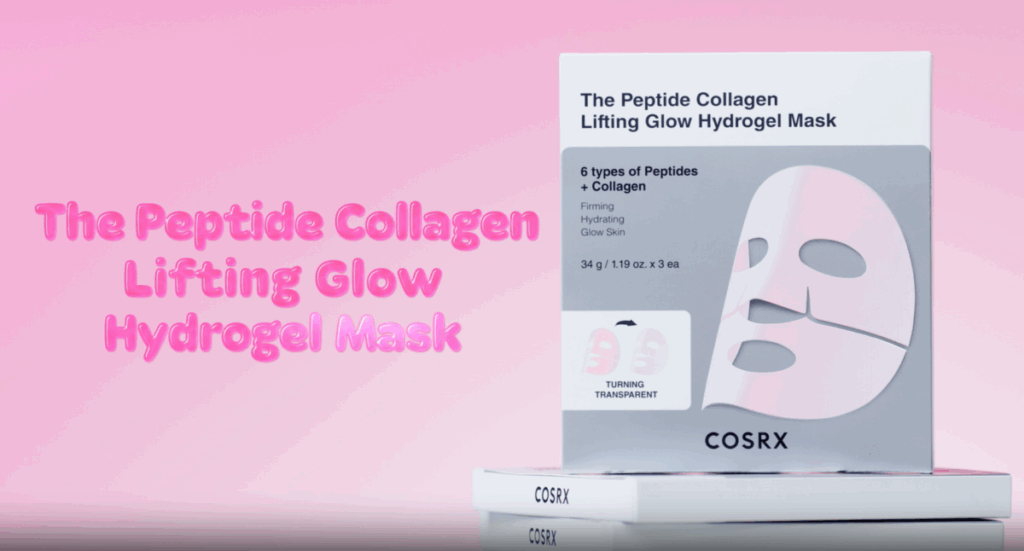
The Real Drivers of K-Beauty’s Growth
K Beauty is not famous only because celebrities posted about it. Strong product quality and several strategic factors came together.
1) Innovation and results led by indie brands
Over the past three years, growth has been driven by indie brands rather than legacy giants. COSRX, Anua, Medicube, and others move quickly on product development and use social channels to listen and respond to consumer needs.
COSRX dominates Amazon categories for toners, pads, and serums with reviews and repeat purchase rates that have multiplied.
Anua scaled fast with market specific campaigns across Southeast Asia and North America.
Medicube created a new fusion category by combining devices such as AGE-R with derma care and turned that into global traction.
2) Global manufacturing partnerships and a strong supply base
Korean ODM and OEM leaders such as Cosmax and Kolmar support new brands with research, production, and quality systems. That lets startups deliver big company level reliability. With that foundation, brands can localize and scale overseas faster.
K-Beauty specialty spaces inside United States retailers like Ulta Beauty and in Europe at ‘Pure Seoul’ and ‘Hwarangpoom’ also reflect this tight link between production and distribution.
3) Active investment and M&A
Global private equity firms including KKR and Blackstone, venture capital investors, and large retailers such as CJ Olive Young have been active backers of K-Beauty startups and manufacturers. Funding eases the burden on young brands and enables marketing, logistics build out, research and development, and cross border M&A which all accelerate expansion.
4) Social platforms and local media marketing
TikTok, Instagram, and YouTube are not only for awareness. They now drive direct purchases through built in shopping features. Mega stars like Cardi B and Hailey Bieber as well as popular creators such as Rozan and Jenna Ortega have featured Korean products, and that attention turns into real sales.
5) AI and data driven growth
Amazon Global Selling Korea provides tools that use AI to help small and midsize brands with trend spotting, keyword analysis, and ad optimization. Big data insights into local needs guide early product planning and marketing so new entrants can land and expand with more confidence in the United States.

What Beauty Companies Should Know Before Entering New Markets
Many companies are now considering export. Before you make the move, check the following.
1) Local laws and regulations
Every market has strict requirements for certification and labeling. In the United States you need to understand FDA OTC, California Prop 65, and retailer clean or vegan labels such as Clean at Sephora. In Southeast Asia halal certification is often required. Research these rules early and build them into product design so customs clearance and sales go smoothly.
2) Consumer insight
Preferences vary by skin type, climate, and culture. Sun heavy markets care about UV protection. Wellness trends drive interest in gentle and vegan formulas in other regions. COSRX is a good example. In the United States the brand emphasizes derma grade function over the Korea origin story and simplifies product copy in clear English so shoppers can decide faster. Products that localize well tend to rank higher on Amazon.
3) Distribution and logistics optimization
Do not just ship products. Localize your route to the customer. Enter key retail and platform channels such as Amazon, Walmart, Ulta Beauty, and Pure Seoul. Back that up with local warehouses, refund processes, and responsive customer care so buyers trust you and come back.
Pure Seoul in the United Kingdom distributes more than 60 K Beauty brands both online and in store. The team also offers consultations, usage guidance, and immersive content spaces which differentiate the experience.
4) IP and brand protection
Secure trademarks and copyrights strategically. Use platform programs such as Amazon Brand Registry and comply with United States MoCRA. At the same time, manage an IP portfolio, monitor online listings in real time, work with legal partners for fast action, and conduct test purchases for evidence when needed. These steps protect brand trust and long term competitiveness.
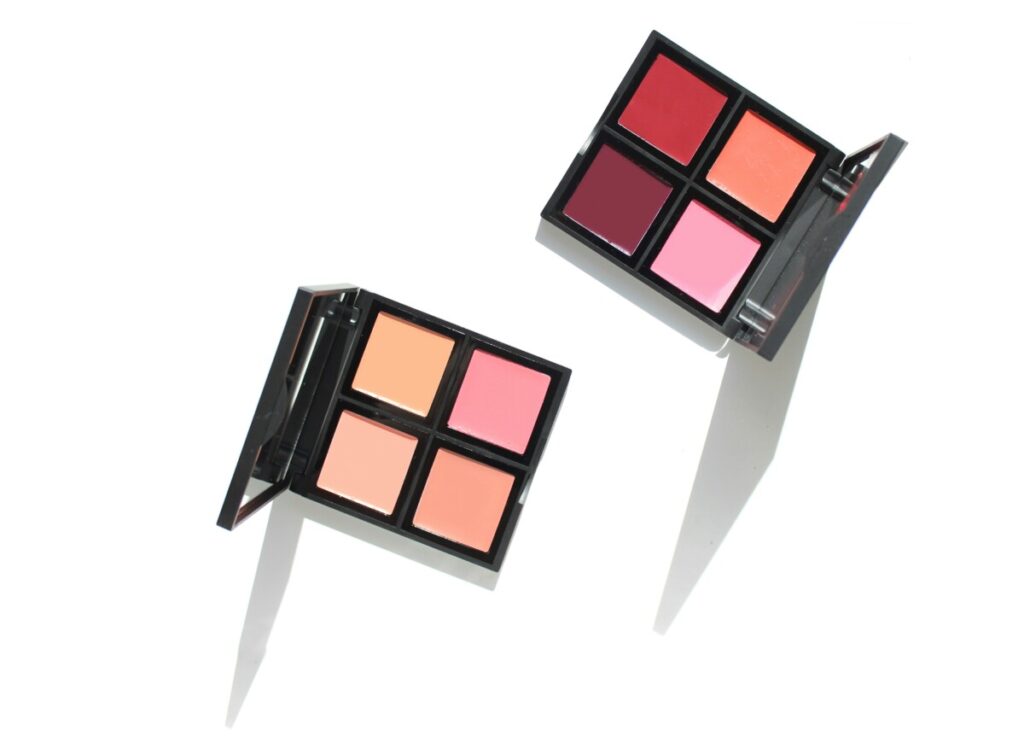
How far can this growth go
The Korea Cosmetic Industry Institute expects steady growth in the United States over the next five years. Over the longer term, annual exports are projected to exceed 11 billion dollars with average growth of 8 to 10 percent centered on North America, Europe, and Southeast Asia. The outlook is positive.
There are still challenges. Global competition is heating up. Raw material costs are rising. Regulations on claims, advertising, and quality are getting stricter. Consumer tastes change quickly. Copycats are a risk. Strong IP protection for formulas, designs, and packaging, genuine product only strategies, partnerships with local brands, and faster trend response with AI and data will define future winners.
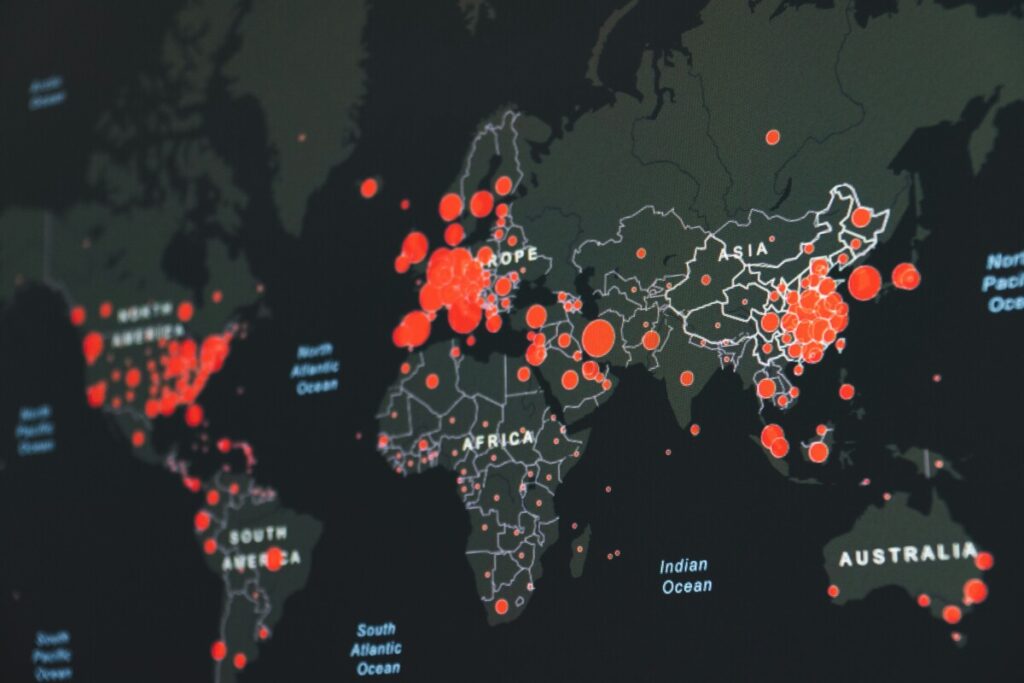
Need Real World Guidance for Global Expansion?
Reports and web searches only go so far. The most useful answers come from people who have actually launched and scaled in your target market. If you are new to overseas sales or preparing a launch and want to reduce risk, speak directly with operators who have done it. Explain your context and get advice that fits your brand and timeline.
You can do this through Liahnson&Company. We work with Remember and have the largest network of Korean experts worldwide. We connect you with practitioners from beauty brands that have already succeeded overseas and help you turn those insights into a concrete plan.
If you would like to talk with practitioners who have led successful international launches, click here to share your project and the capabilities you are looking for.

Reference
https://www.ziksir.com/news/articleView.html?idxno=105950
https://cosinkorea.com/news/article.html?no=55756
https://www.sedaily.com/NewsView/2GWIQ012NV

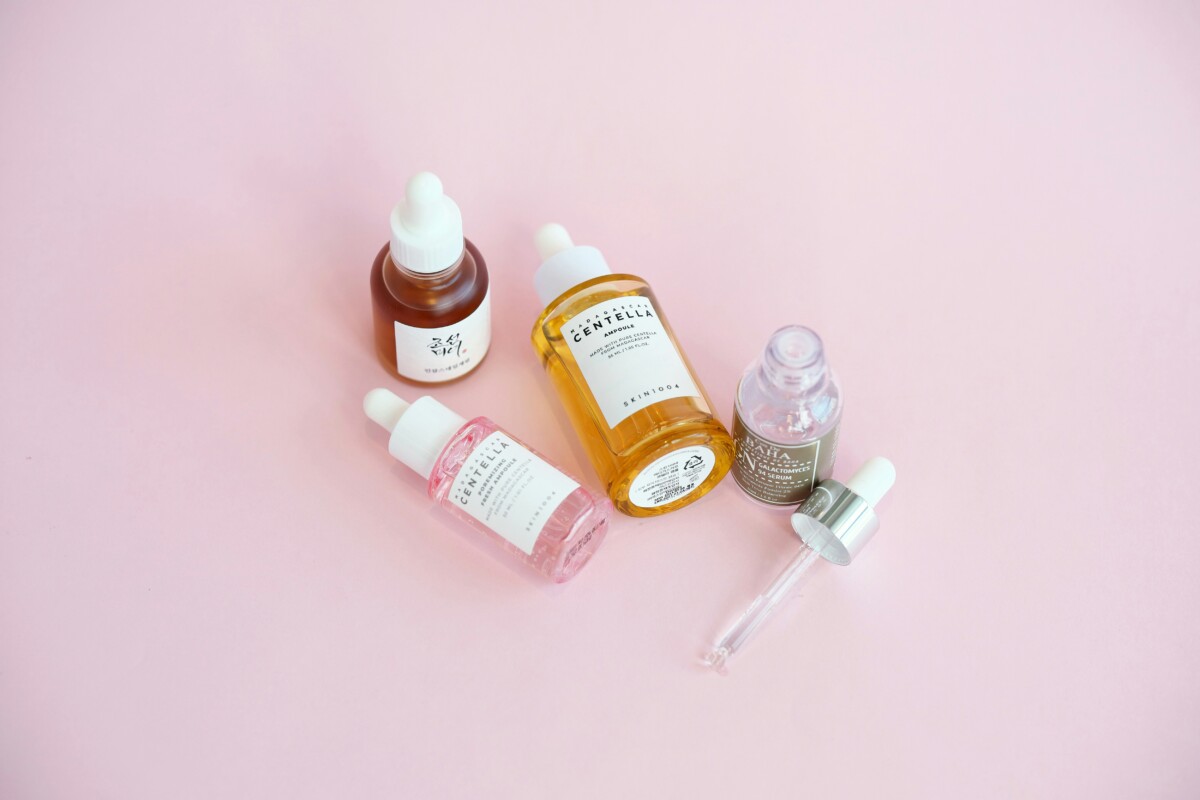
답글 남기기